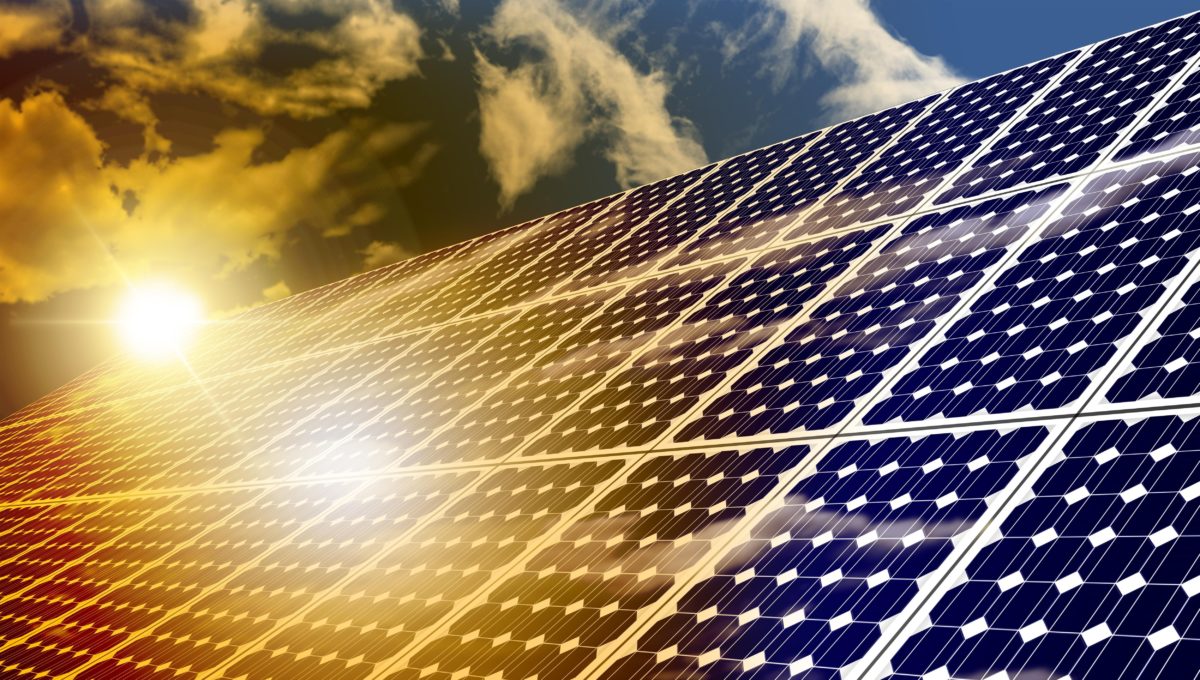In a bid to upgrade the technology to a commercial level, the lab of Mohammad Khaja Nazeeruddin at Swiss research center Ecole Polytechnique Fédérale de Lausanne (EPFL), in collaboration with Michael Grätzel and Solaronix, engineered a 2D/3D hybrid perovskite solar cell, combining the enhanced stability of 2D perovskites with 3D forms.
These 10×10 cm2 solar panels, built using a fully printable industrial-scale process, showed no loss in performance, delivering a constant 11.2% efficiency under standard conditions for over 10,000 hours.
Although some perovskite solar cells have achieved over 22% power-conversion efficiency, there remain concerns about their operational stability, preventing the technology’s widespread adoption.
Popular content
The EPFL team has made a number of breakthroughs on perovskite PV technology and investigations, such as the one on the effect of light in perovskite cell formation earlier this year.
This content is protected by copyright and may not be reused. If you want to cooperate with us and would like to reuse some of our content, please contact: editors@pv-magazine.com.



1 comment
By submitting this form you agree to pv magazine using your data for the purposes of publishing your comment.
Your personal data will only be disclosed or otherwise transmitted to third parties for the purposes of spam filtering or if this is necessary for technical maintenance of the website. Any other transfer to third parties will not take place unless this is justified on the basis of applicable data protection regulations or if pv magazine is legally obliged to do so.
You may revoke this consent at any time with effect for the future, in which case your personal data will be deleted immediately. Otherwise, your data will be deleted if pv magazine has processed your request or the purpose of data storage is fulfilled.
Further information on data privacy can be found in our Data Protection Policy.